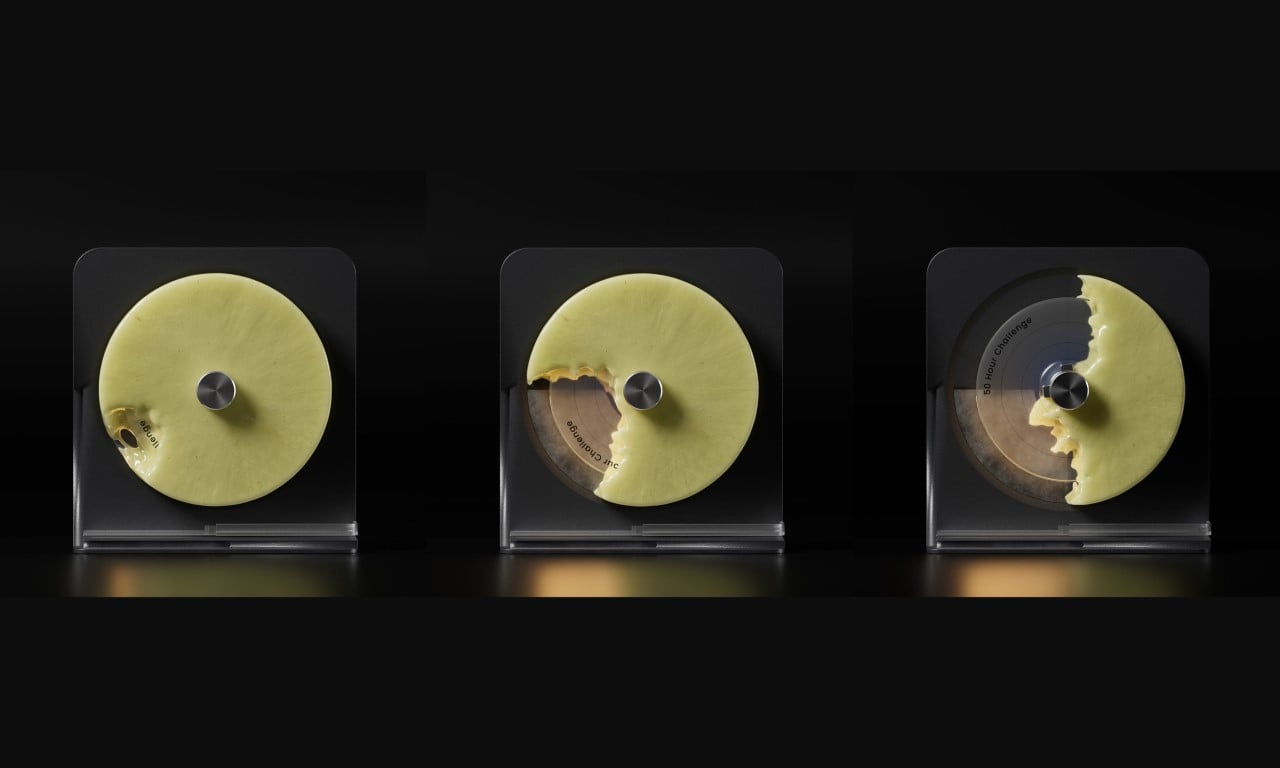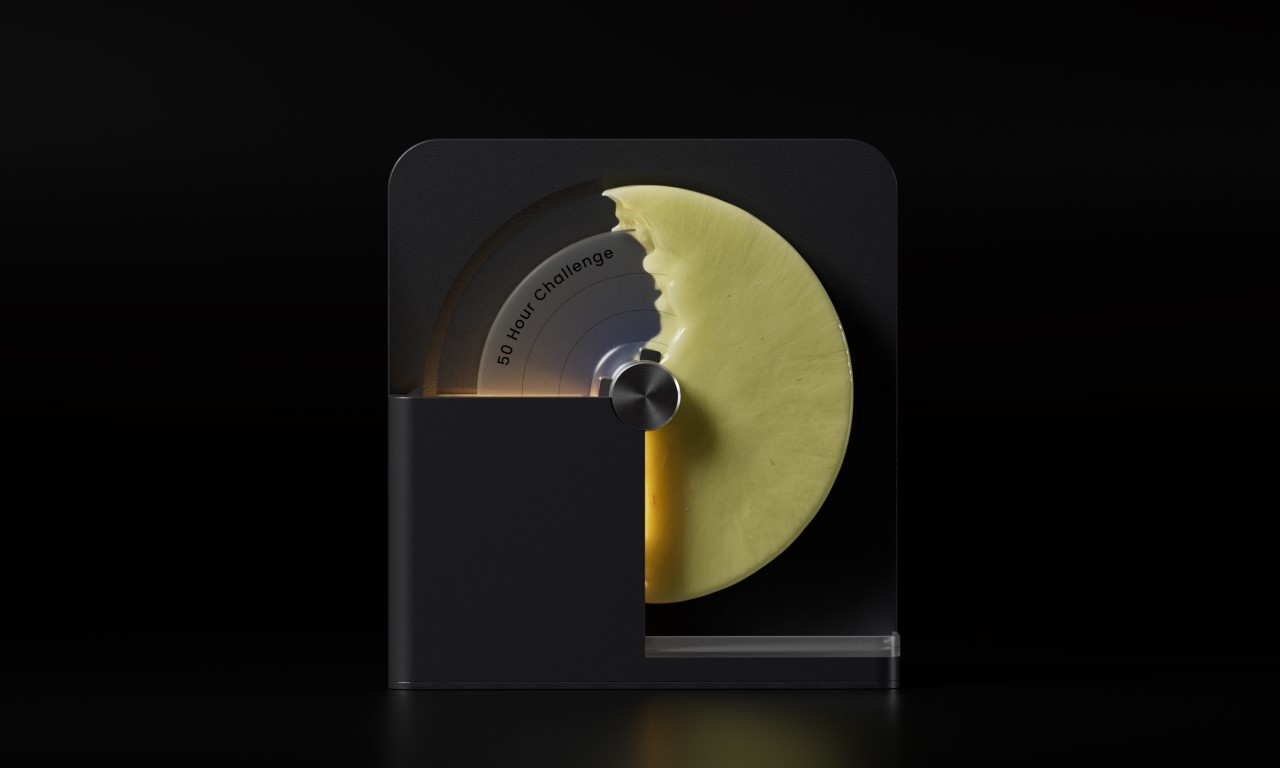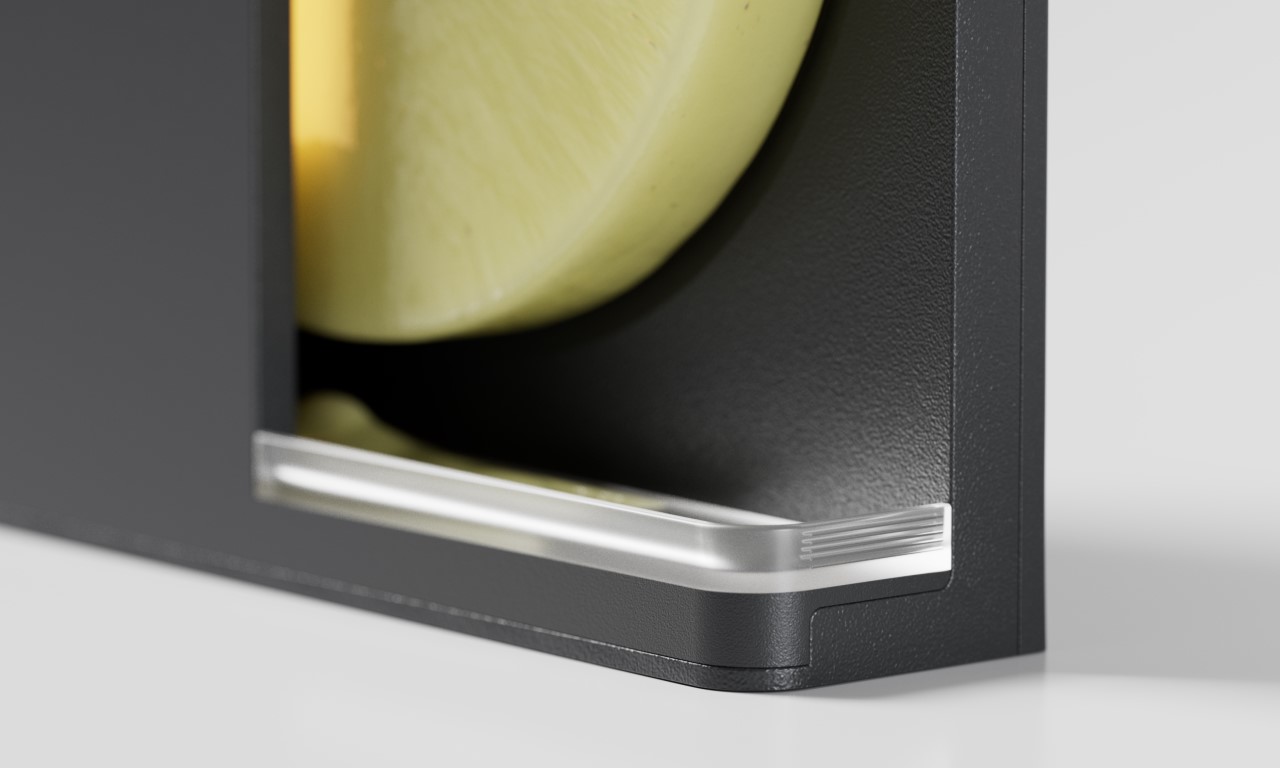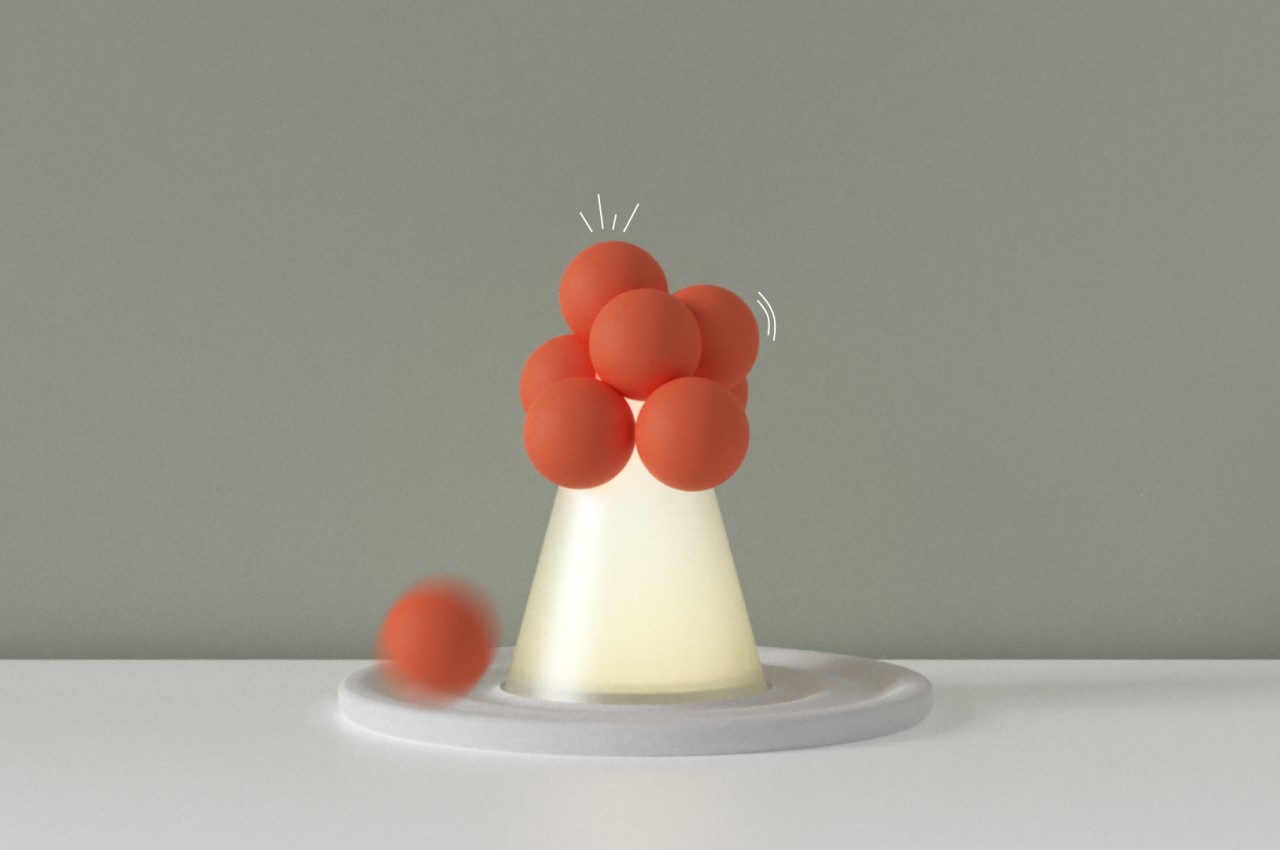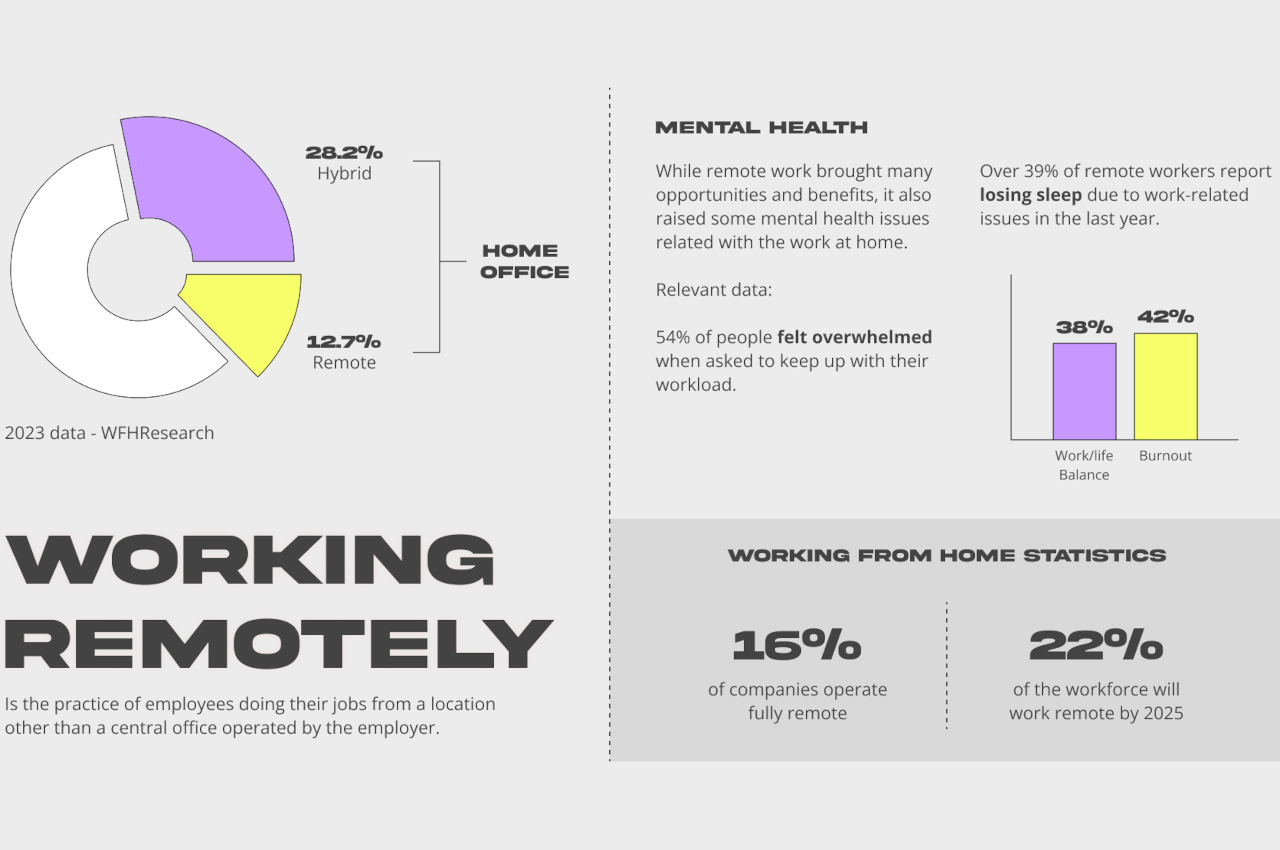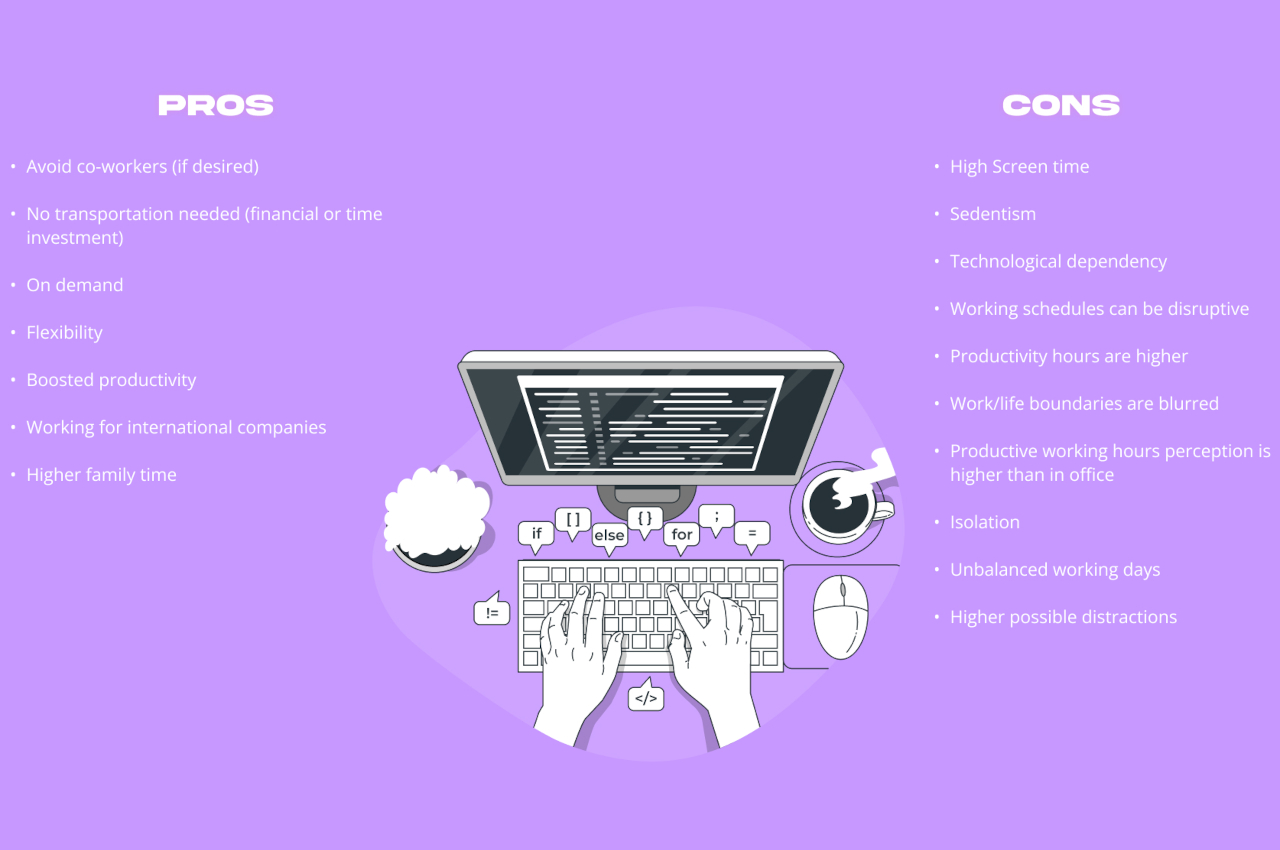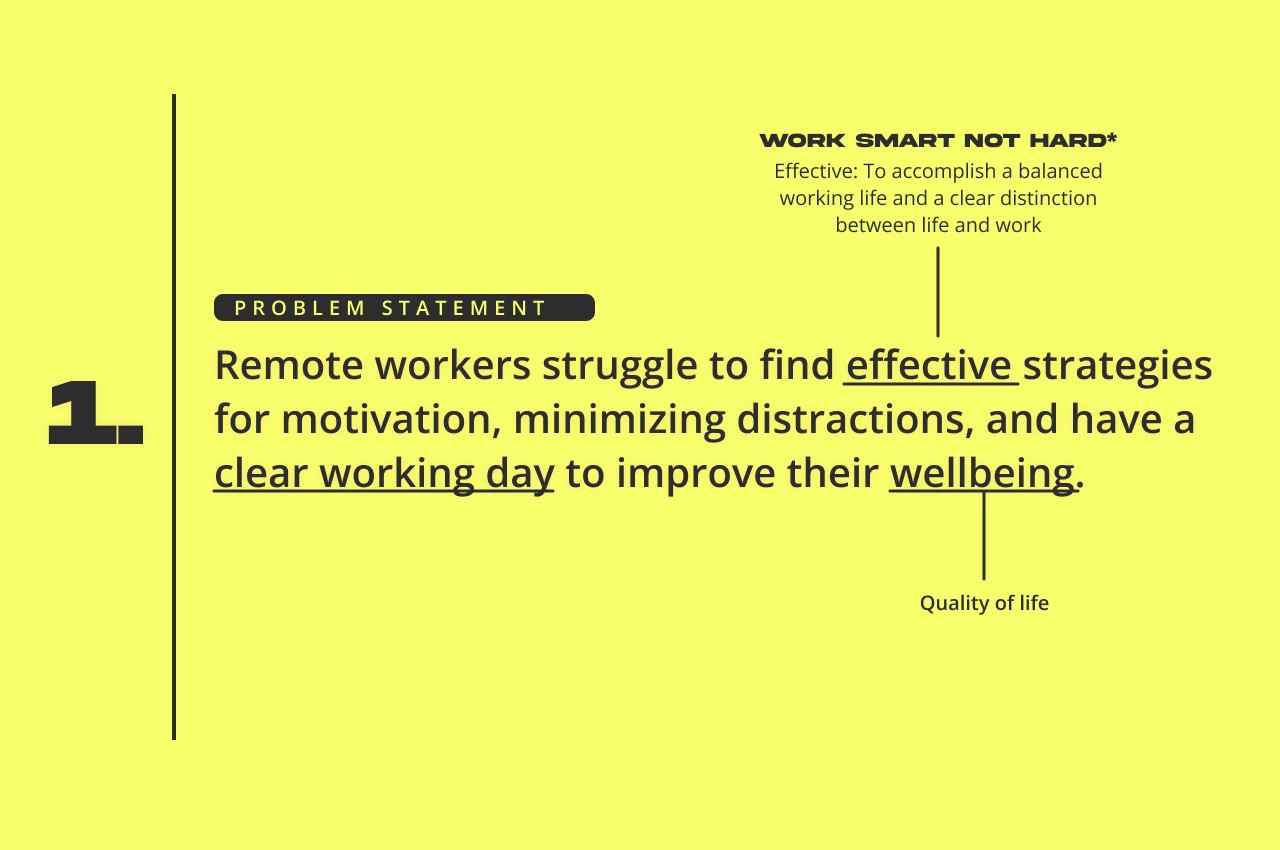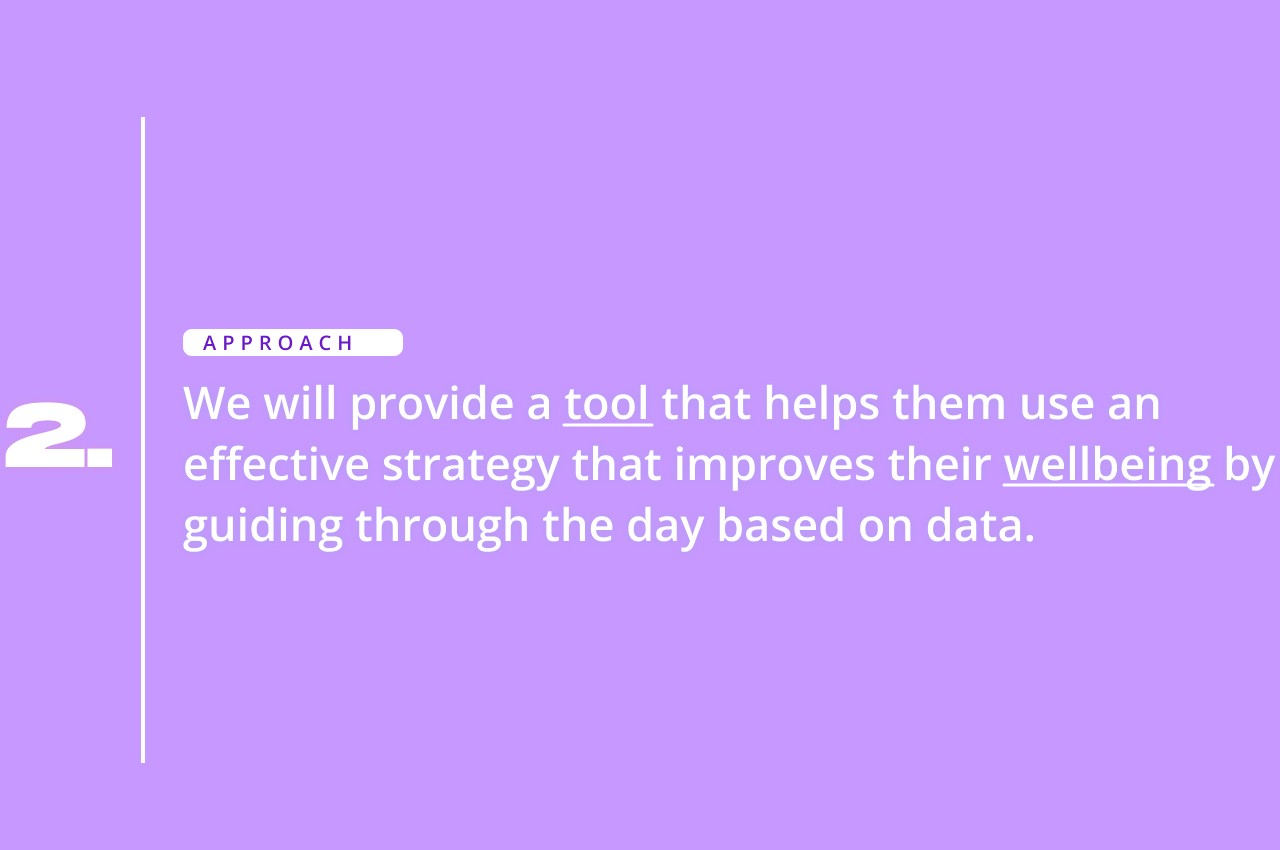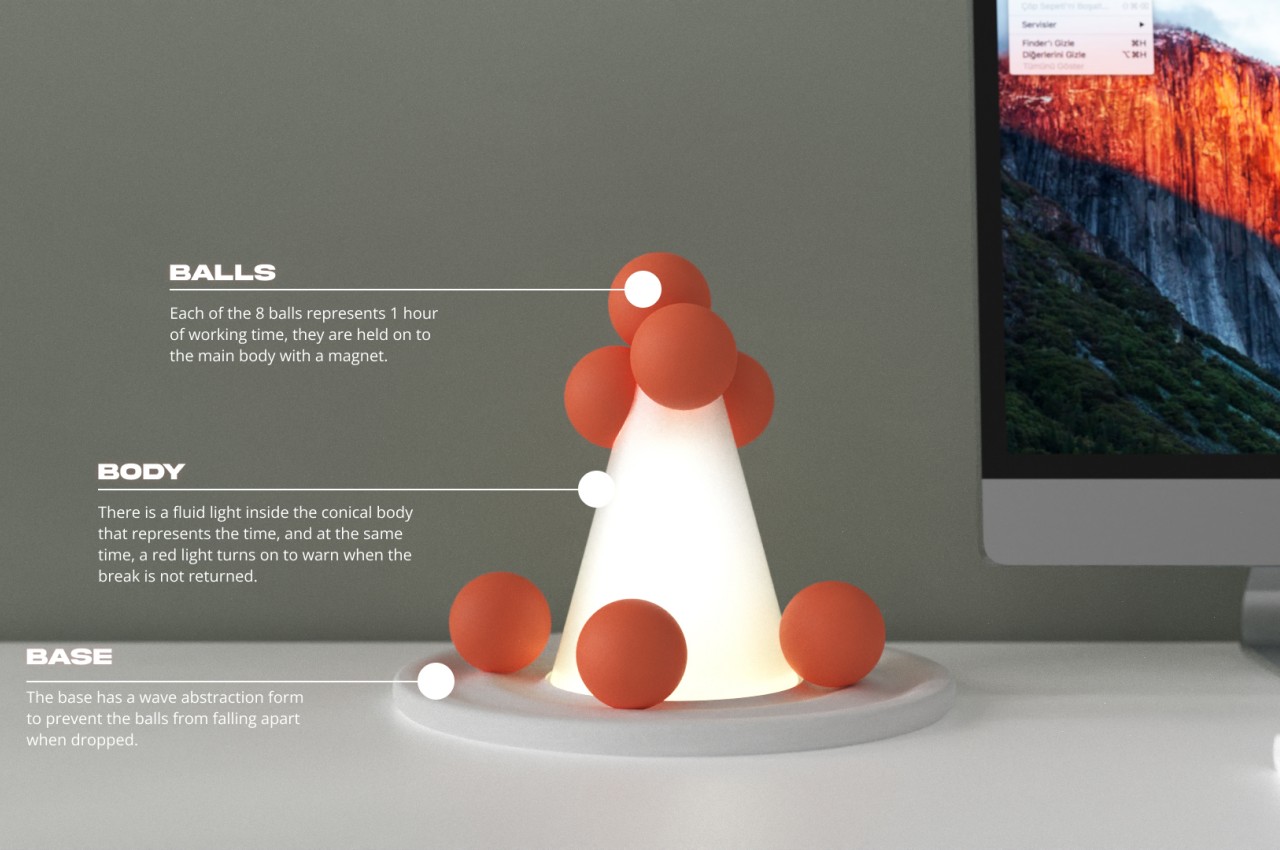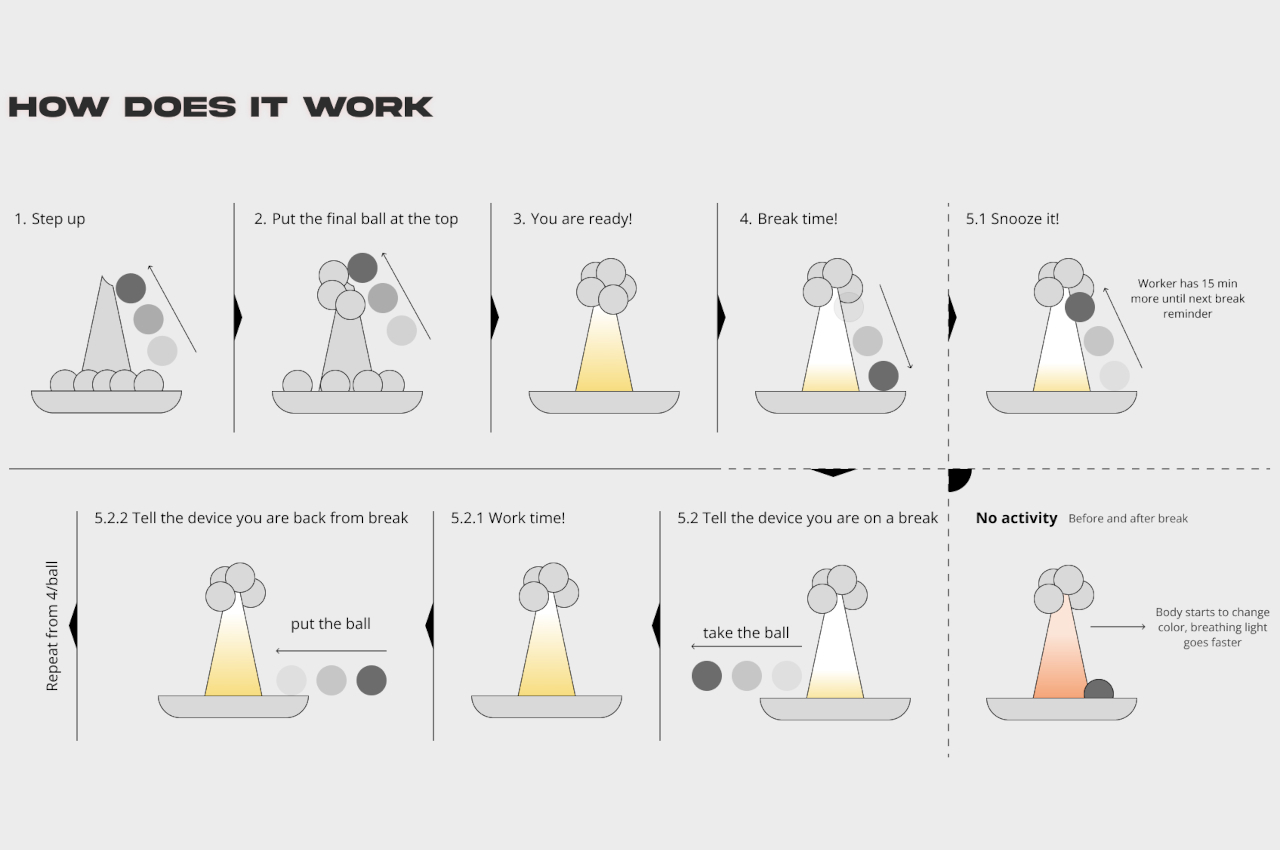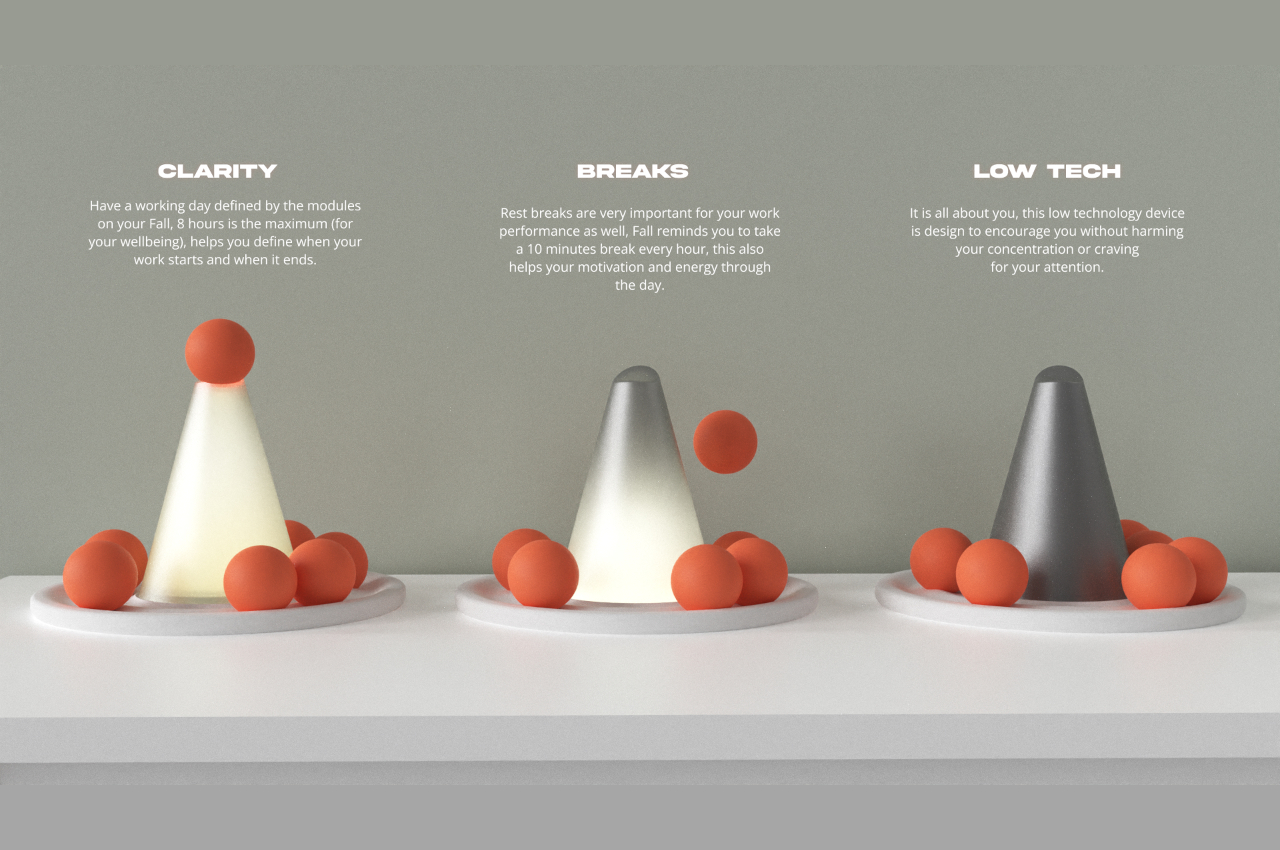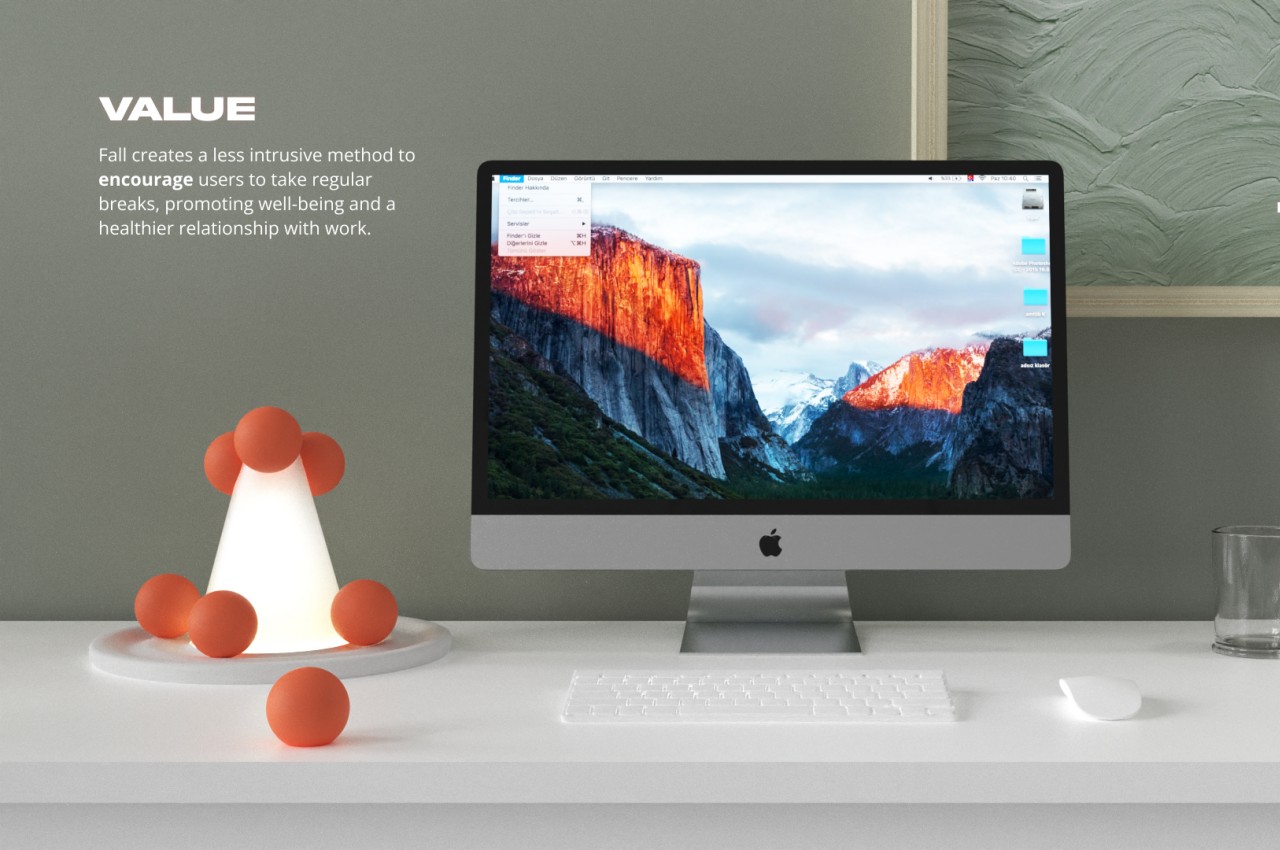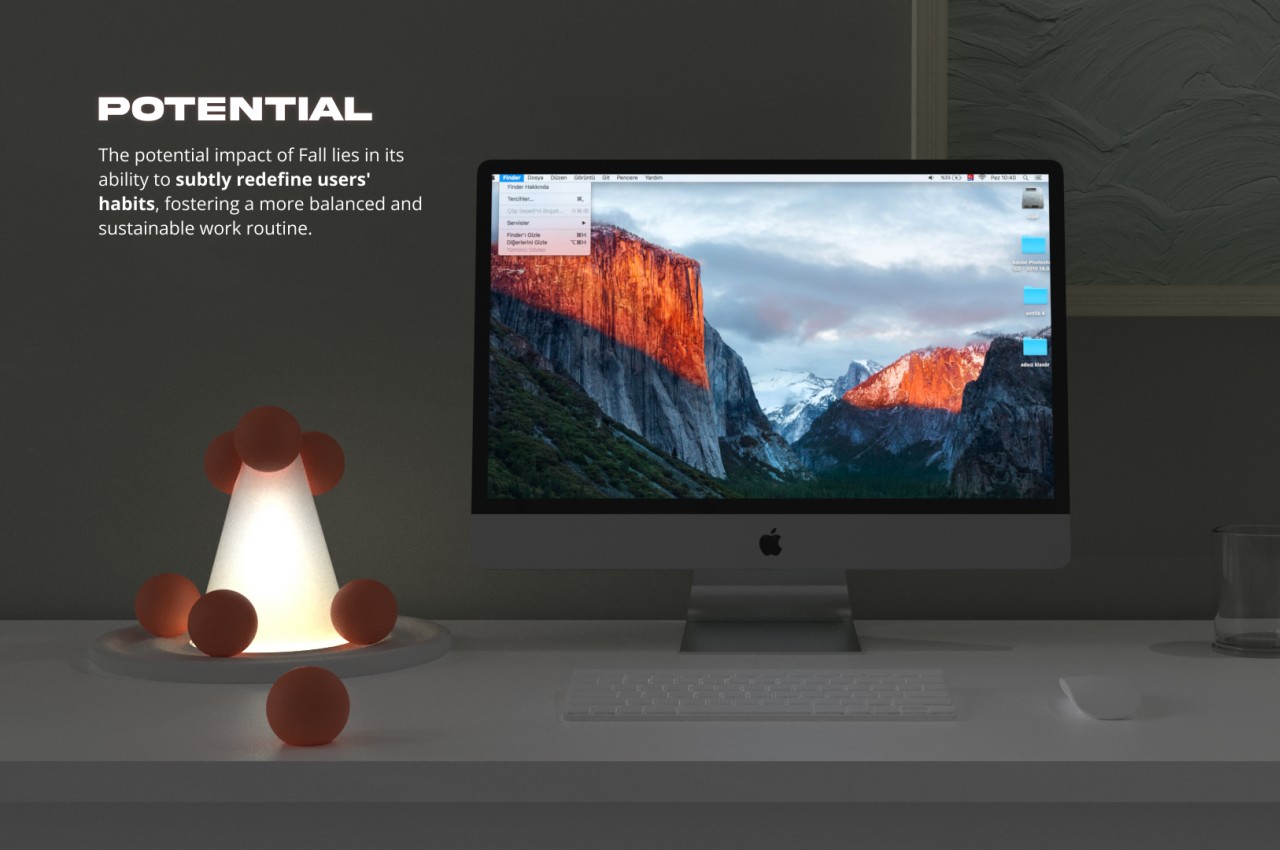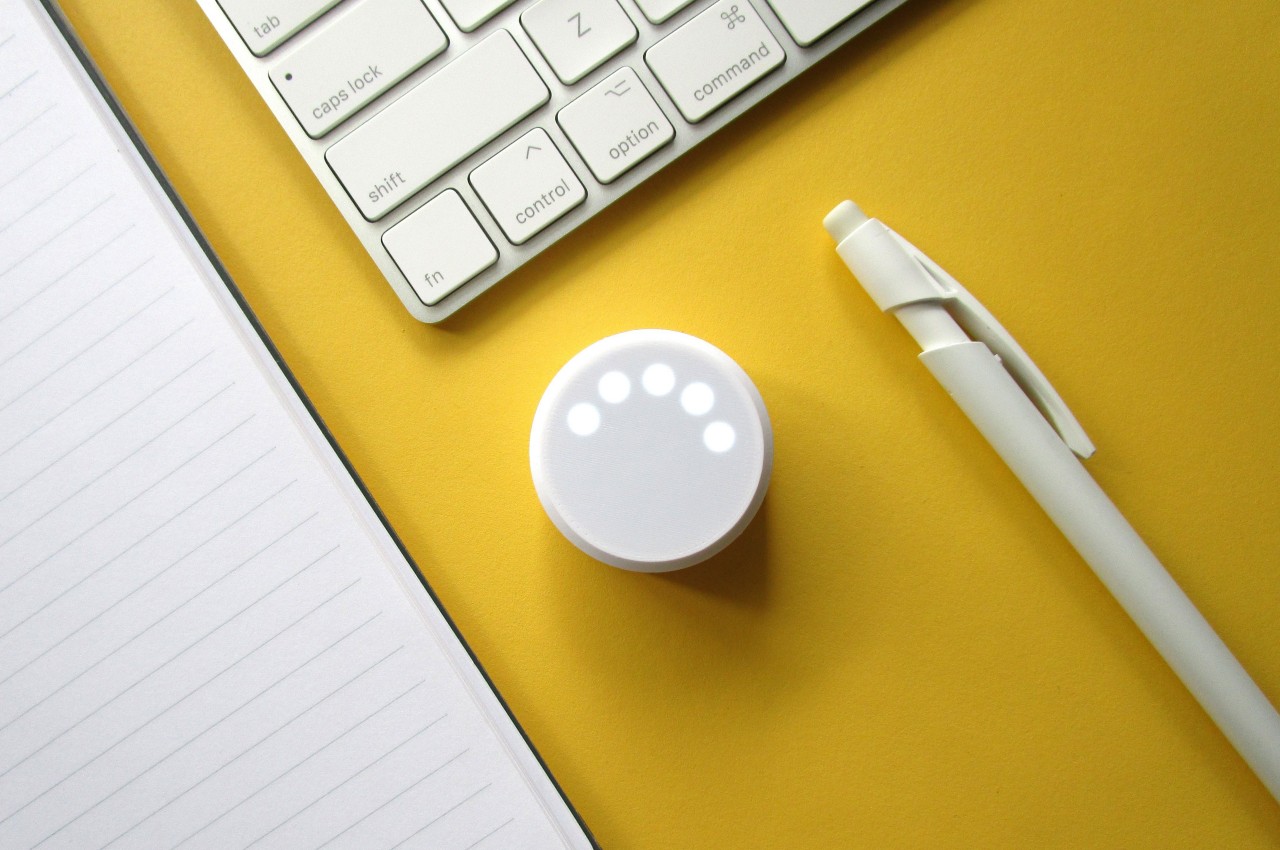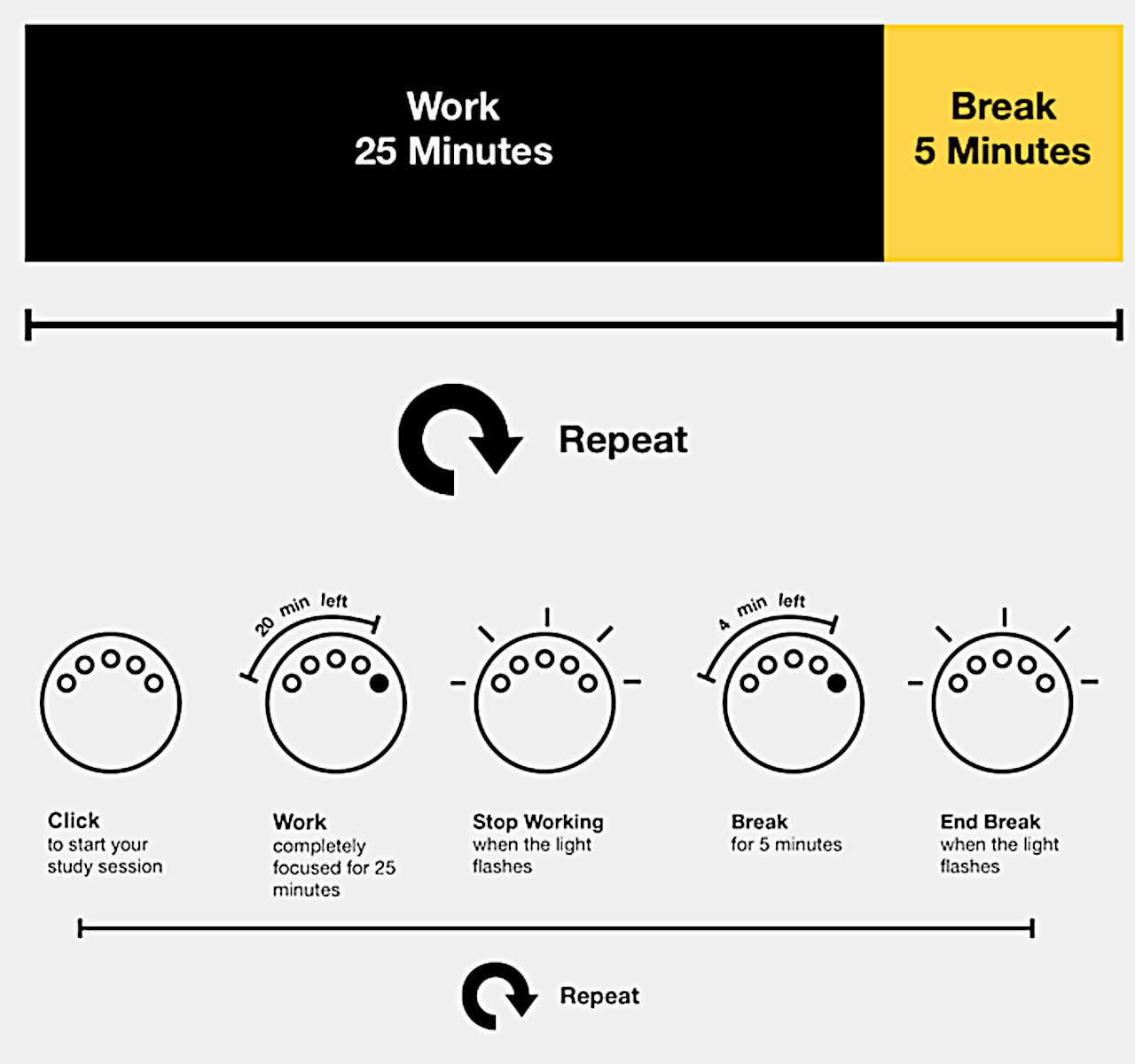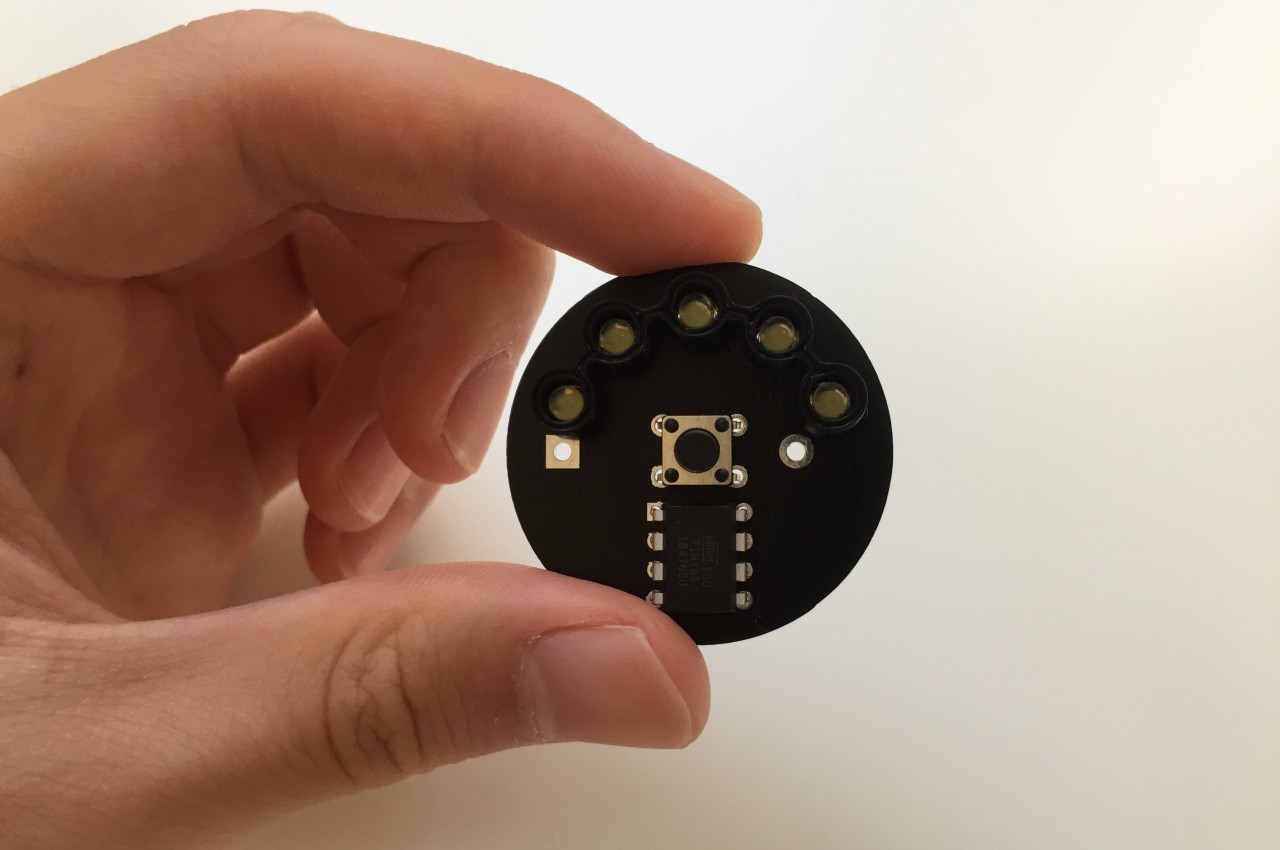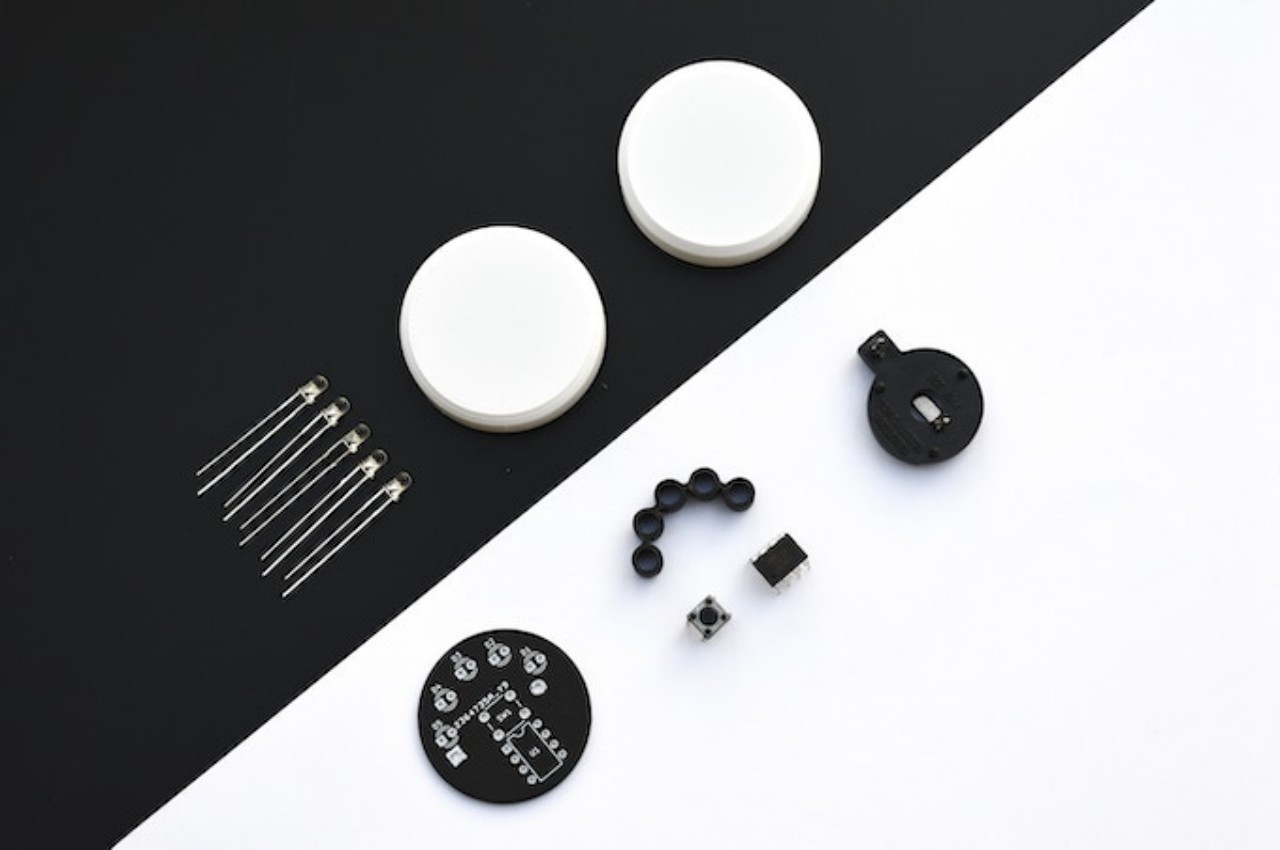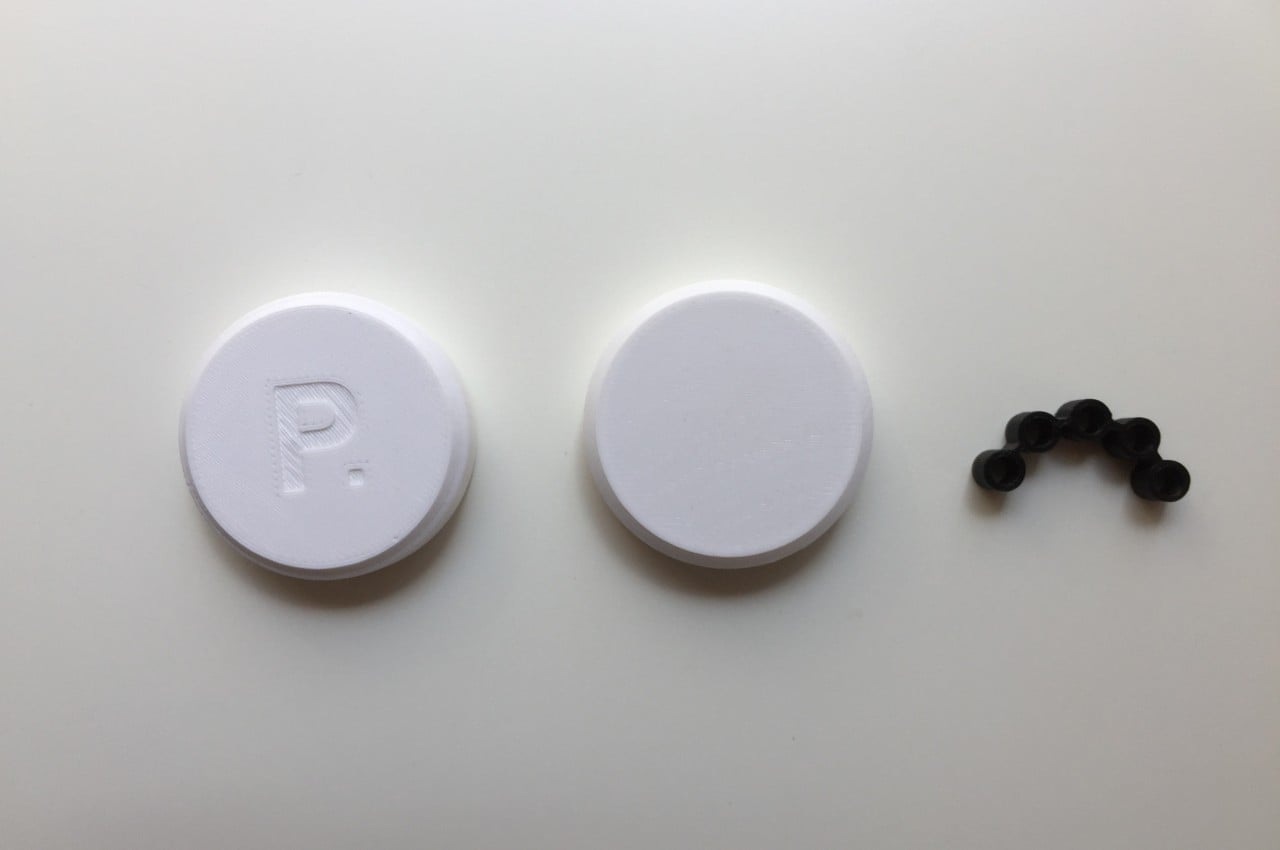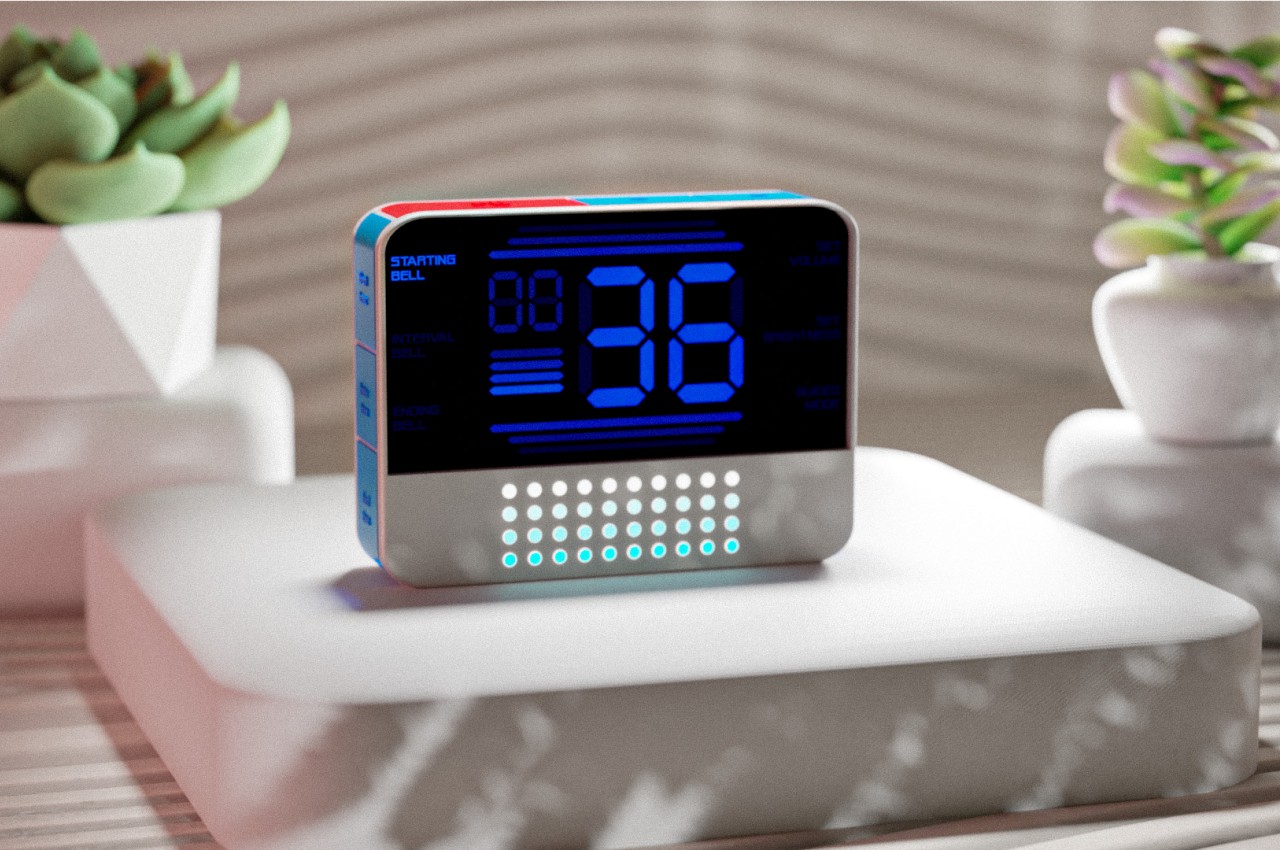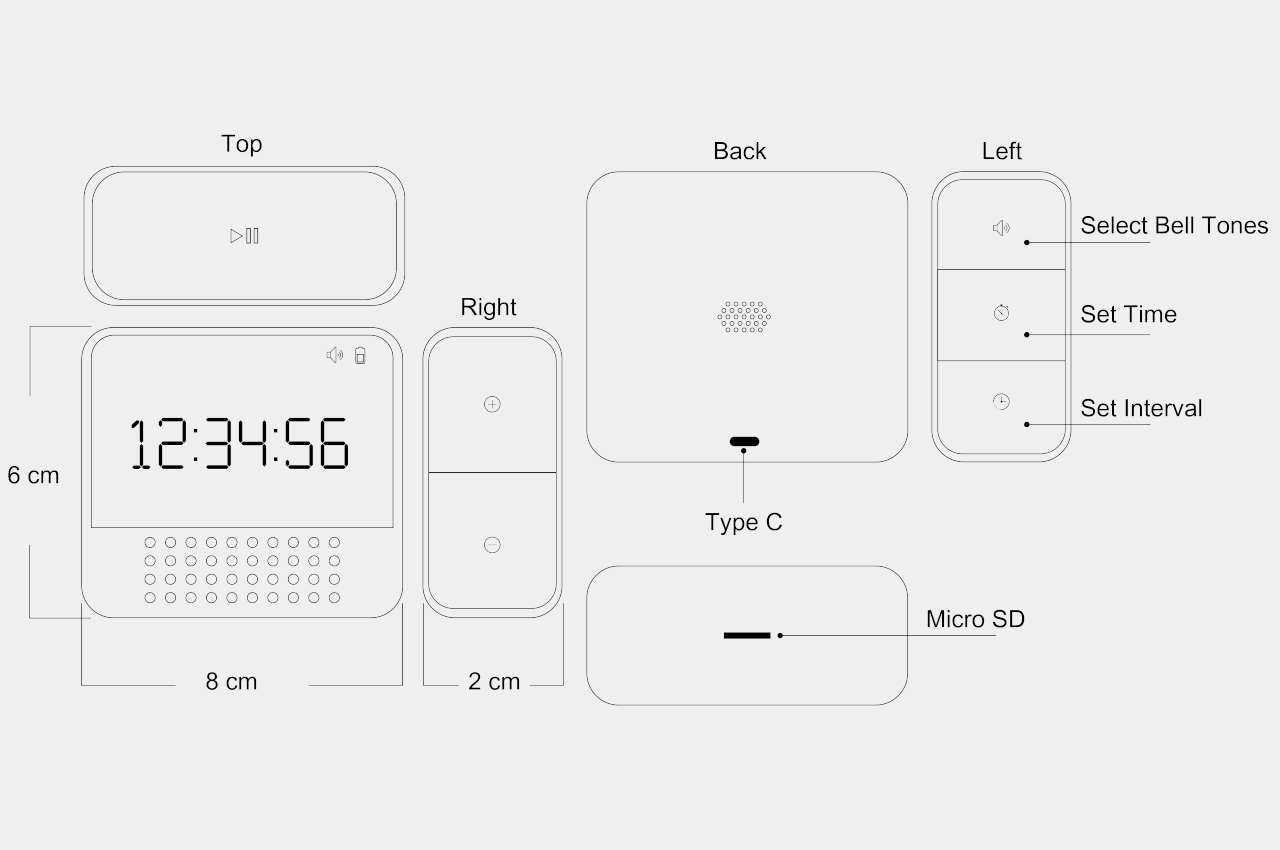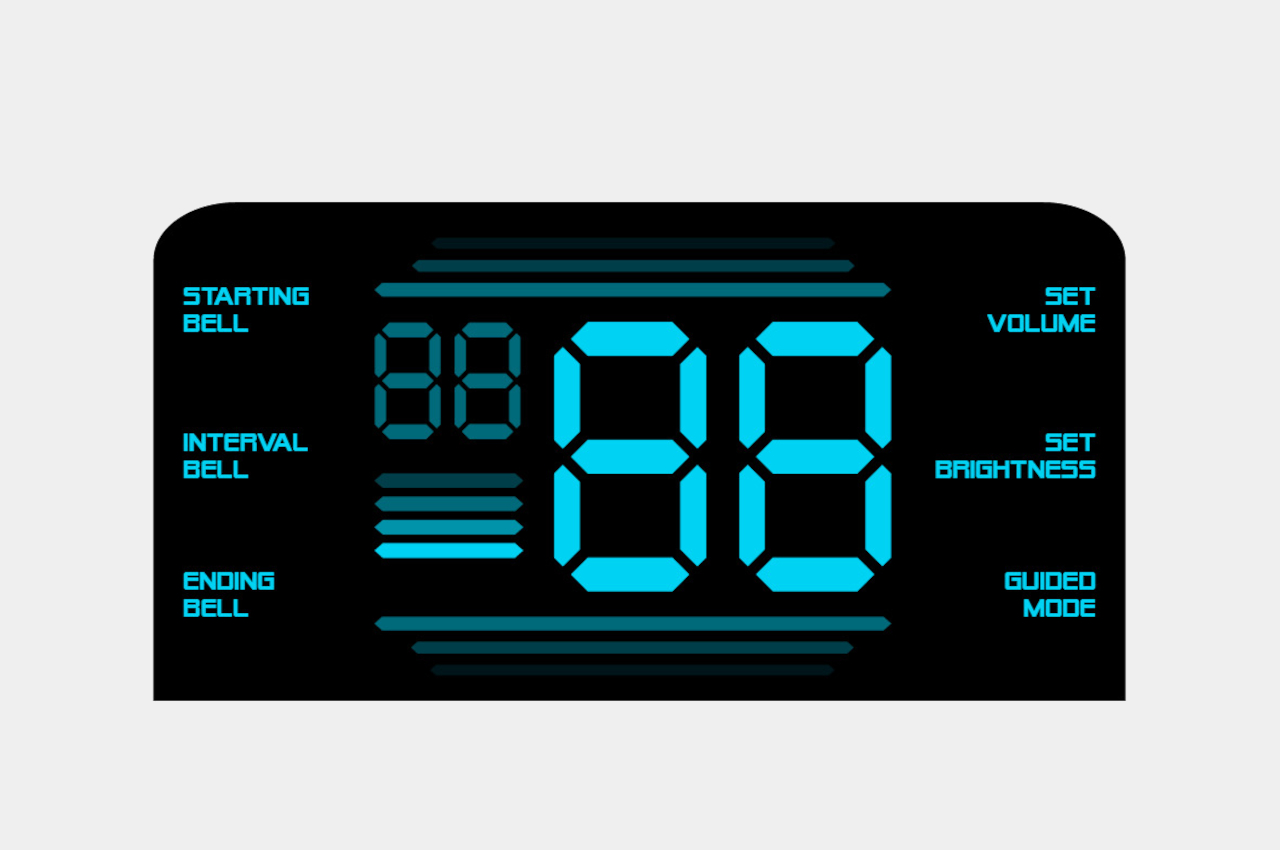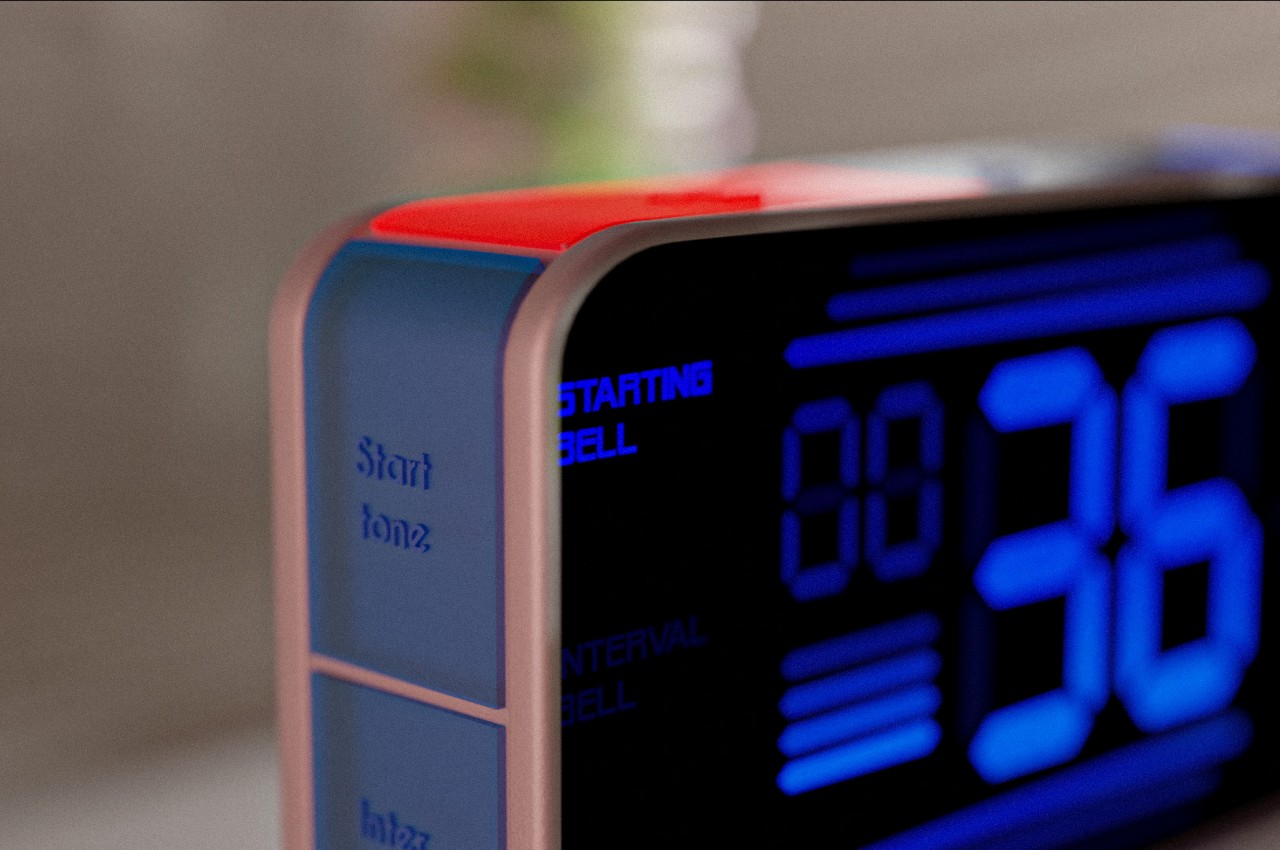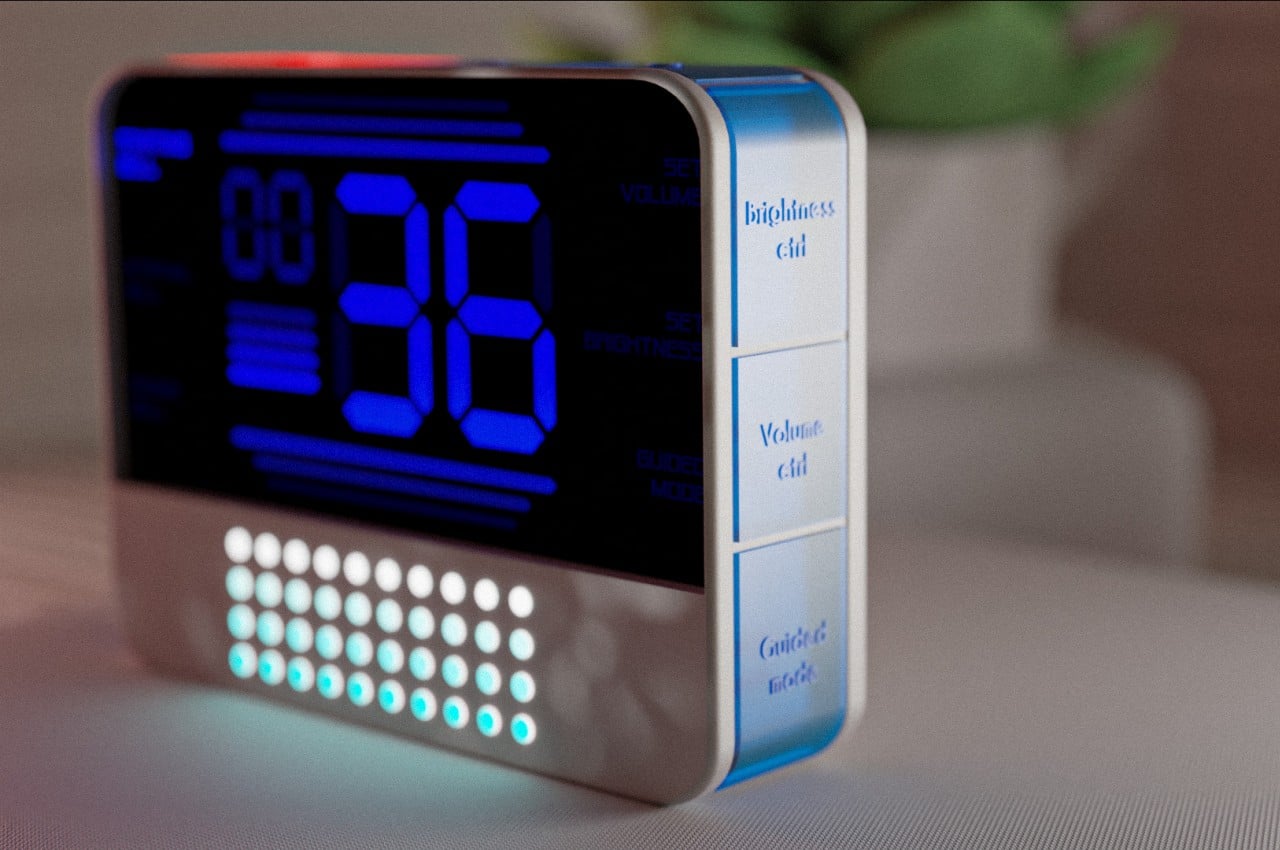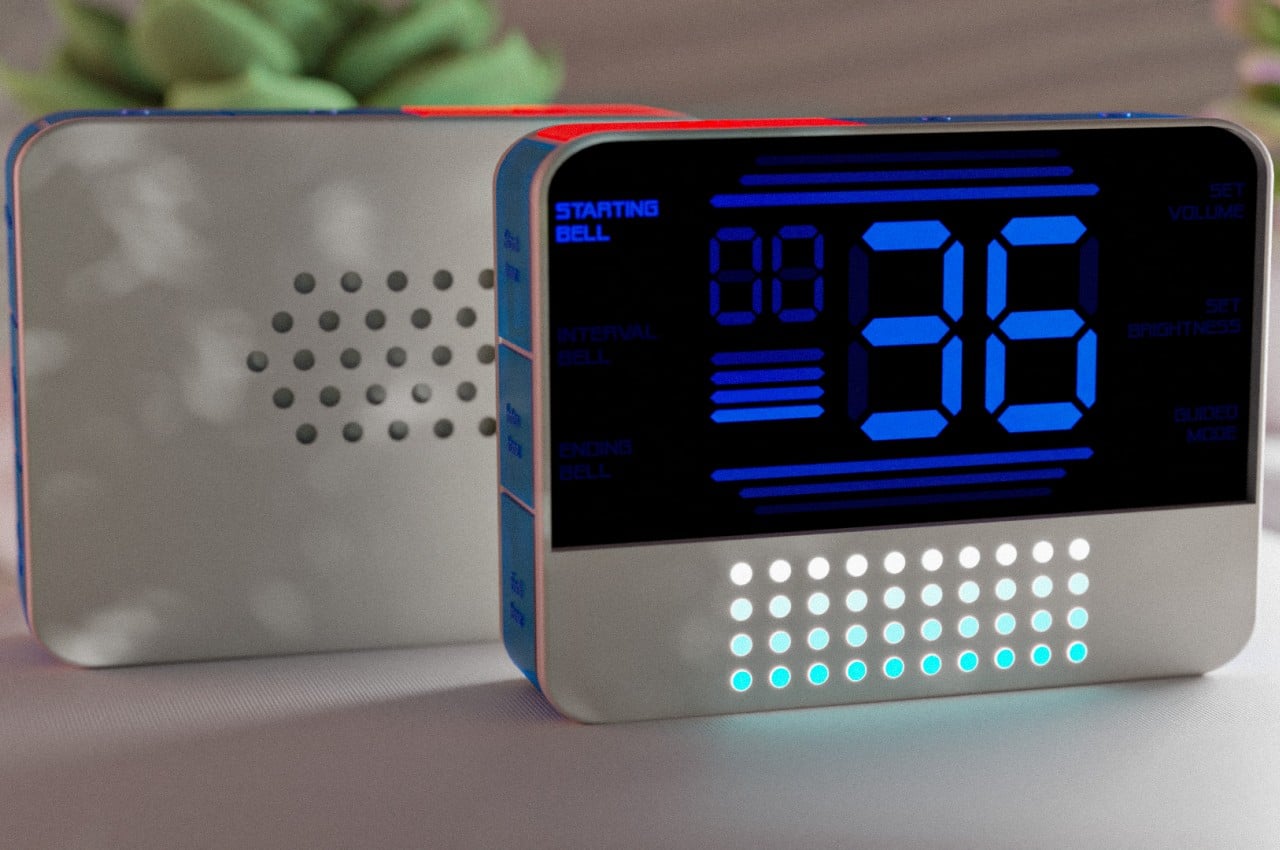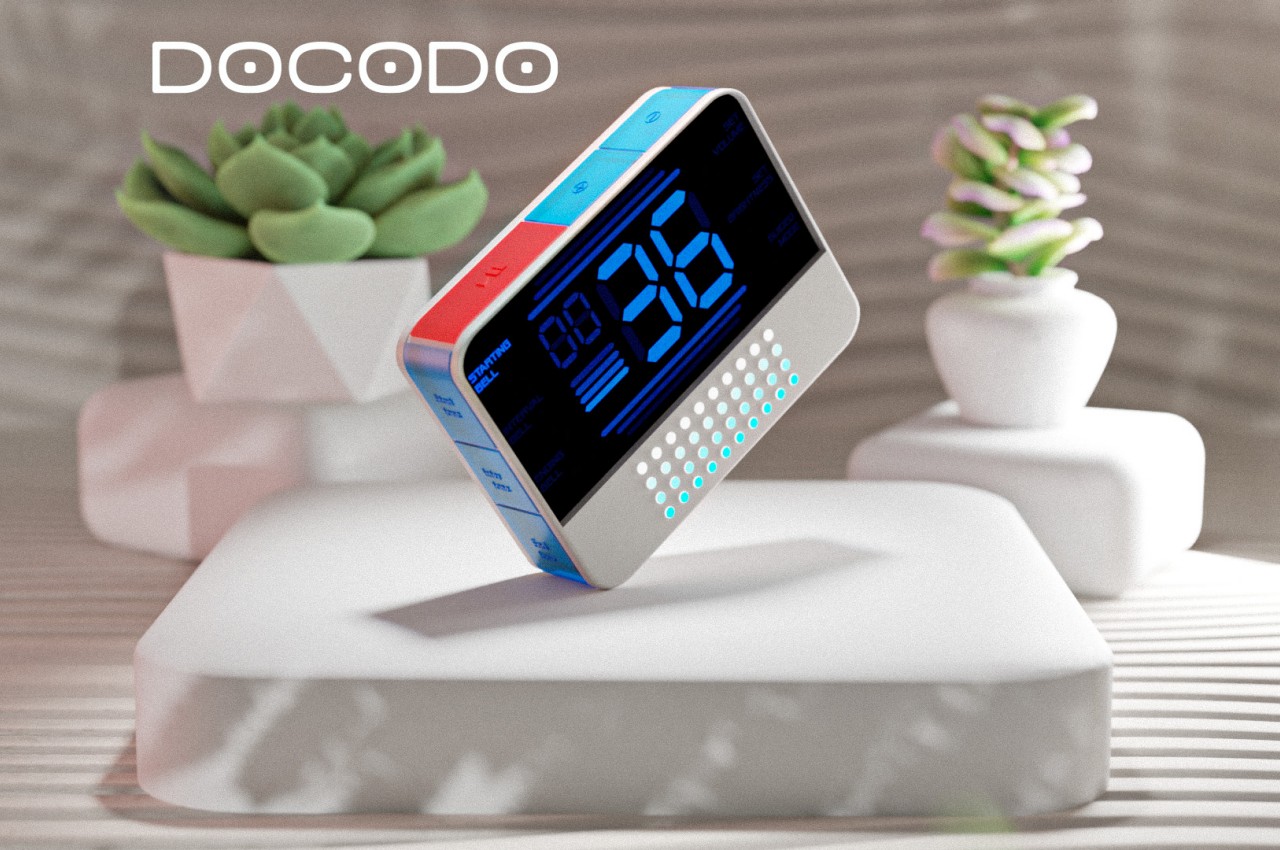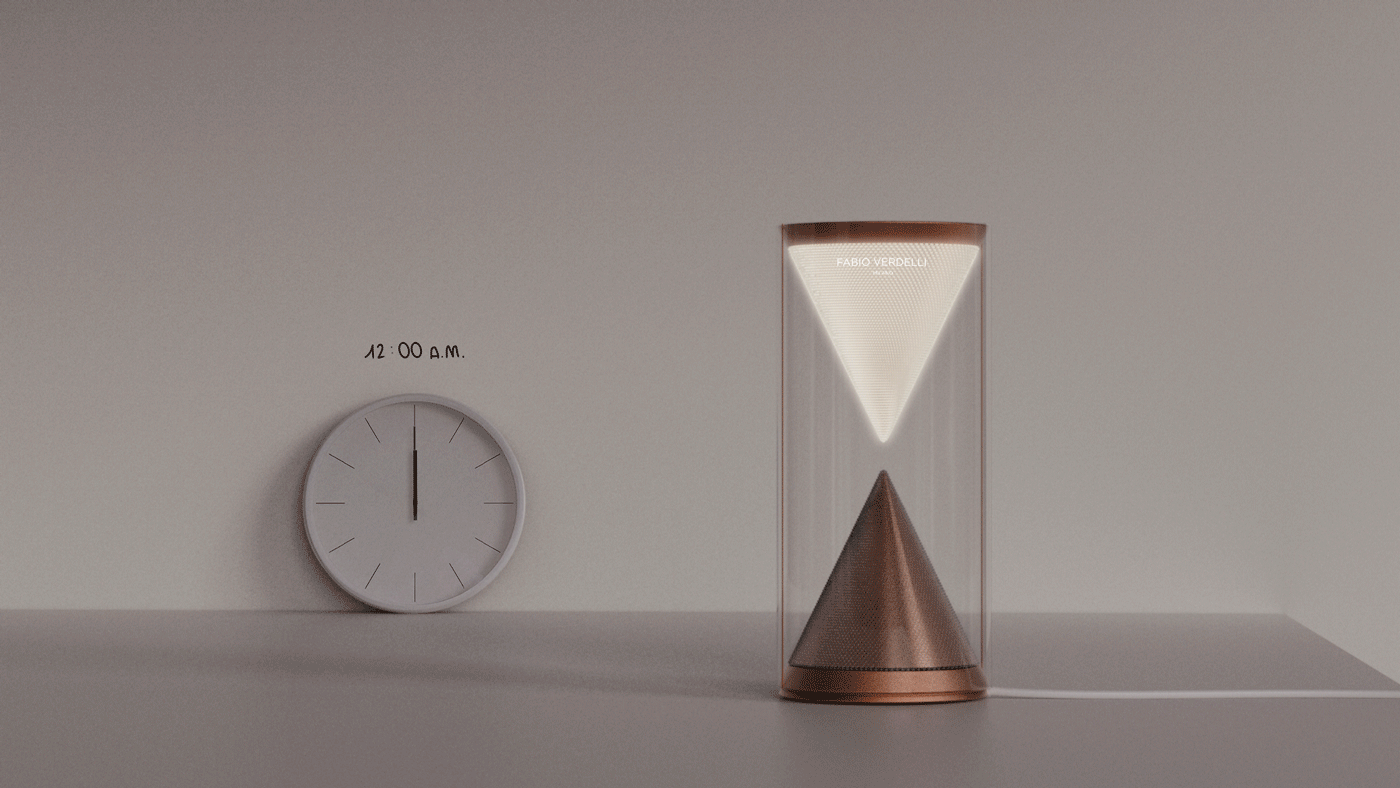
Our desks are filled with things that inspire us as well as objects that distract us, with our smartphones as the biggest culprits. Sure, we can probably justify having our phones close to us as necessary for work, but we don’t always need to be looking at them while we’re actually working. Notifications, videos and animations, and scrolling text all take our attention away from more important things, but uninstalling these apps completely induces a different kind of stress and worry. The situation doesn’t have to be black or white, though, and there are plenty of strategies to reduce distractions while keeping our phones still within reach, and you don’t even need the training of an ascetic monk to pull this off. In fact, it can even become a fun mini-game, like this tabletop stopwatch that turns getting into the zone into a dive for treasure.
Designers: Dagyeong Kim, Chanhee Park, Dugyeong Lee, Songhee Kim

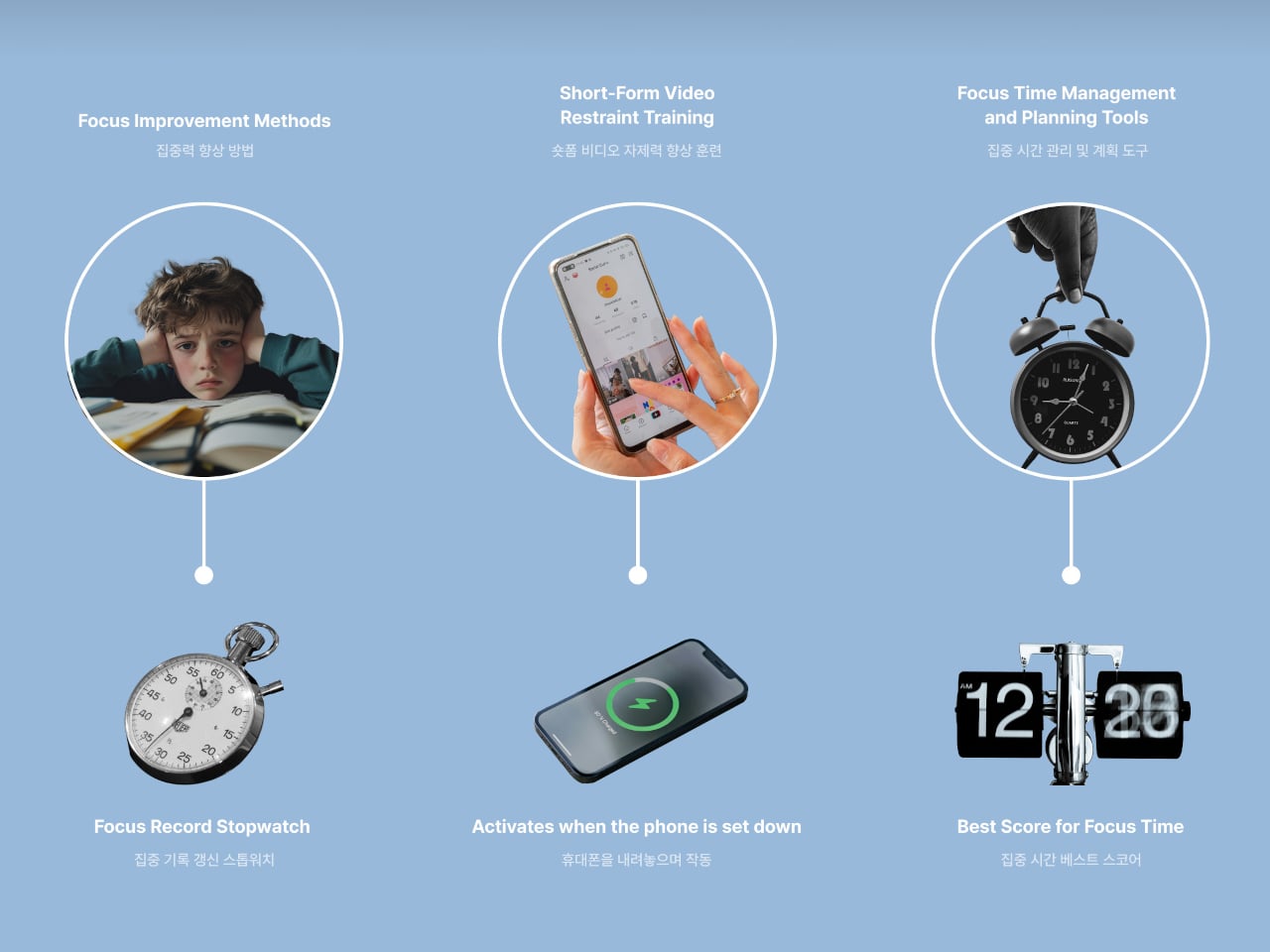
There are actually some apps that use a similar method to encourage continuous periods of work without unlocking their phone. The idea is that there is some negative consequences when you pause or stop the timer by using the phone, like some virtual tree dying. These apps, however, still put the smartphone not only within reach but also in sight, increasing the temptation anyway. SINK is a concept that works the same way but adds a twist that not only puts the phone away but also makes the experience a bit more engaging.

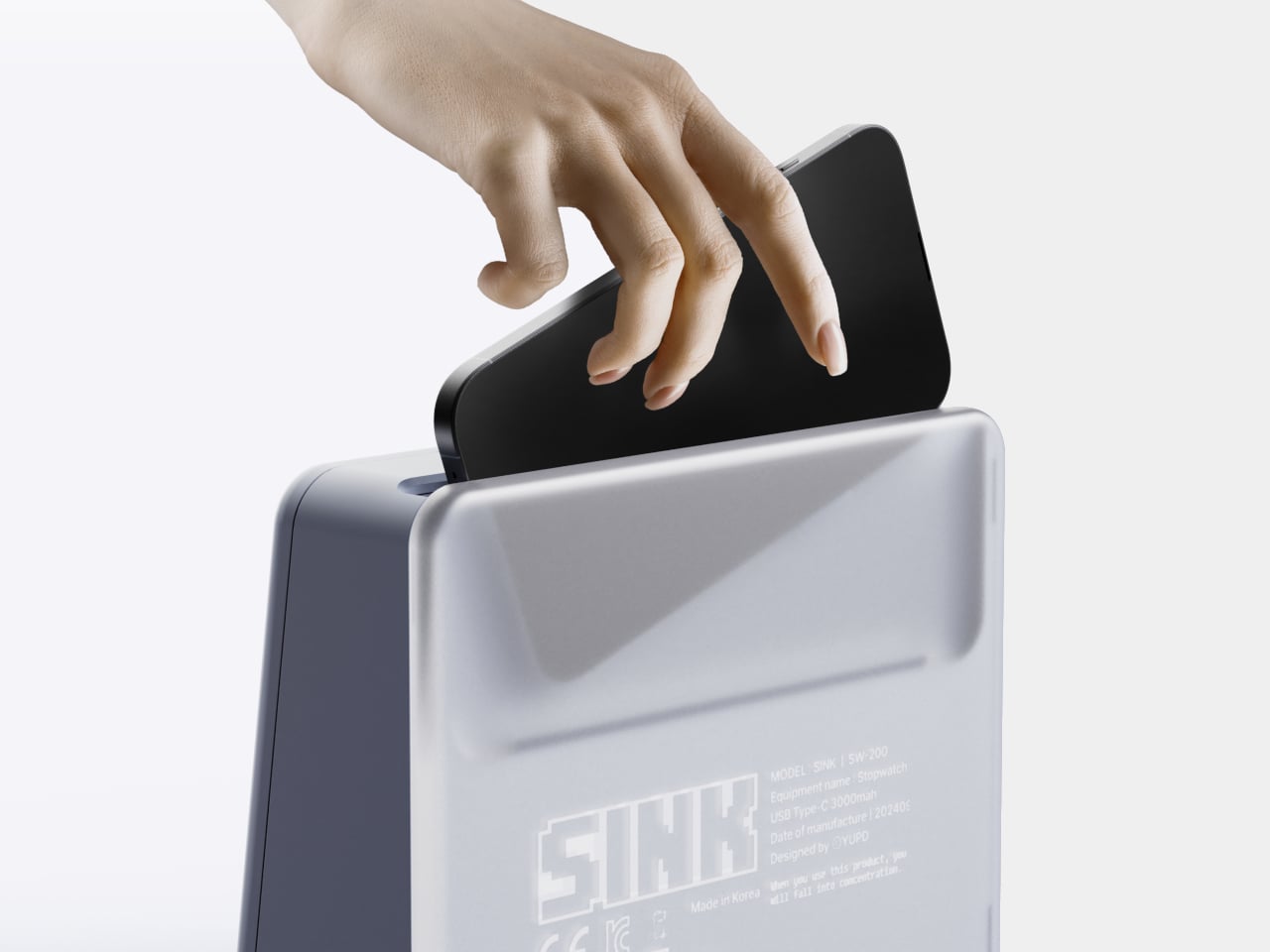

The inspiration behind SINK is the gaming consoles of old, where you insert a cartridge to play a game. The mechanism is simple and straightforward, removing any ambiguity or complications. In this case, however, it’s your smartphone that is the cartridge, and you slide it into the back of the SINK device to turn it on. The device only works if the phone is in the slot, so you’ll have to go out of your way to retrieve your phone even for just a few seconds.

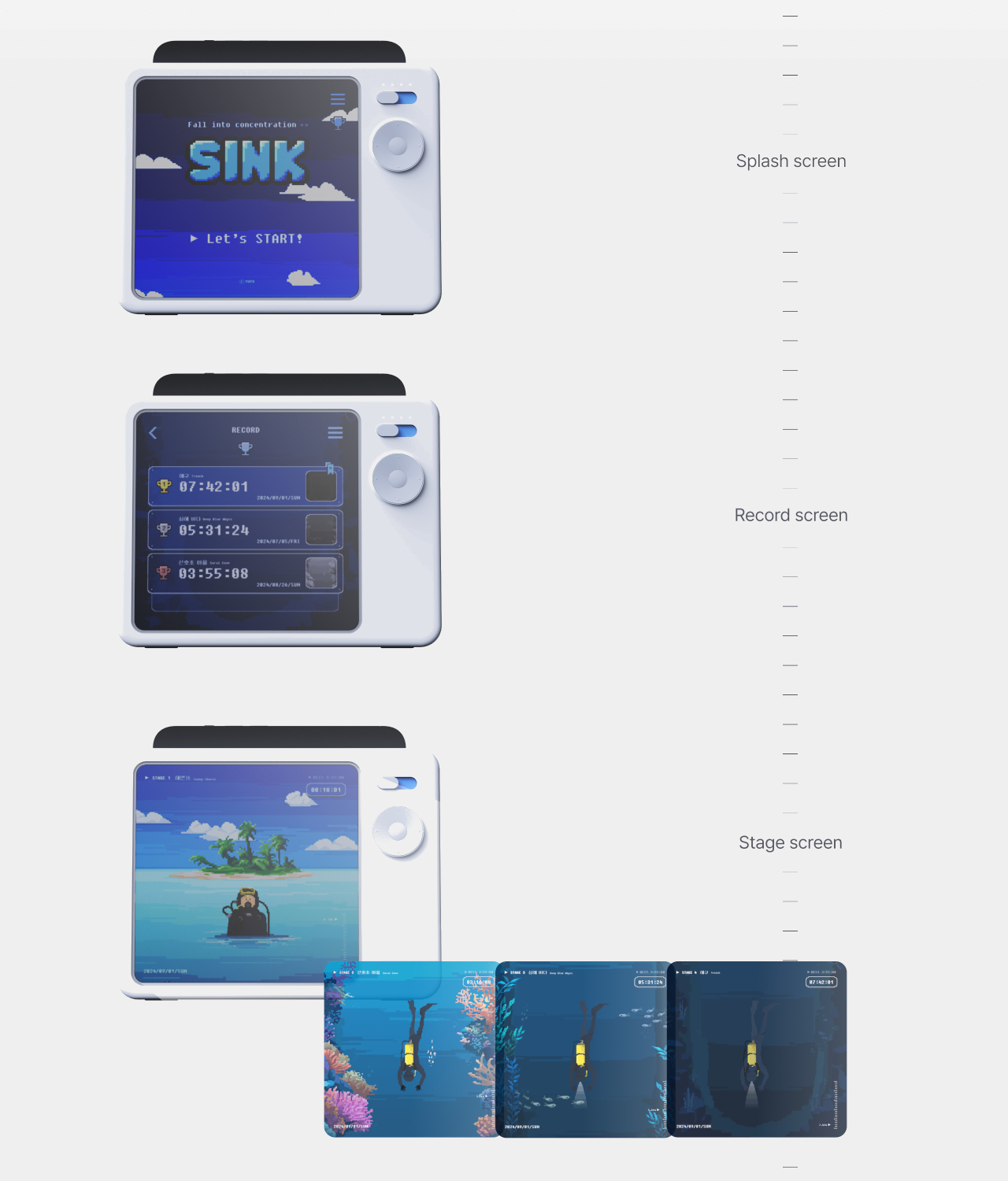

The “game” in SINK’s case is a deep ocean dive, hence the concept’s name, where the longer you remain focused at work, the deeper your diver goes and the higher points you get. There’s some semblance of a ranking system, but the concept doesn’t clarify if you’re just competing with yourself or with others as well. The latter raises the stakes a bit for those with a bit of a competitive bent, but it might also work the opposite way and discourage others.
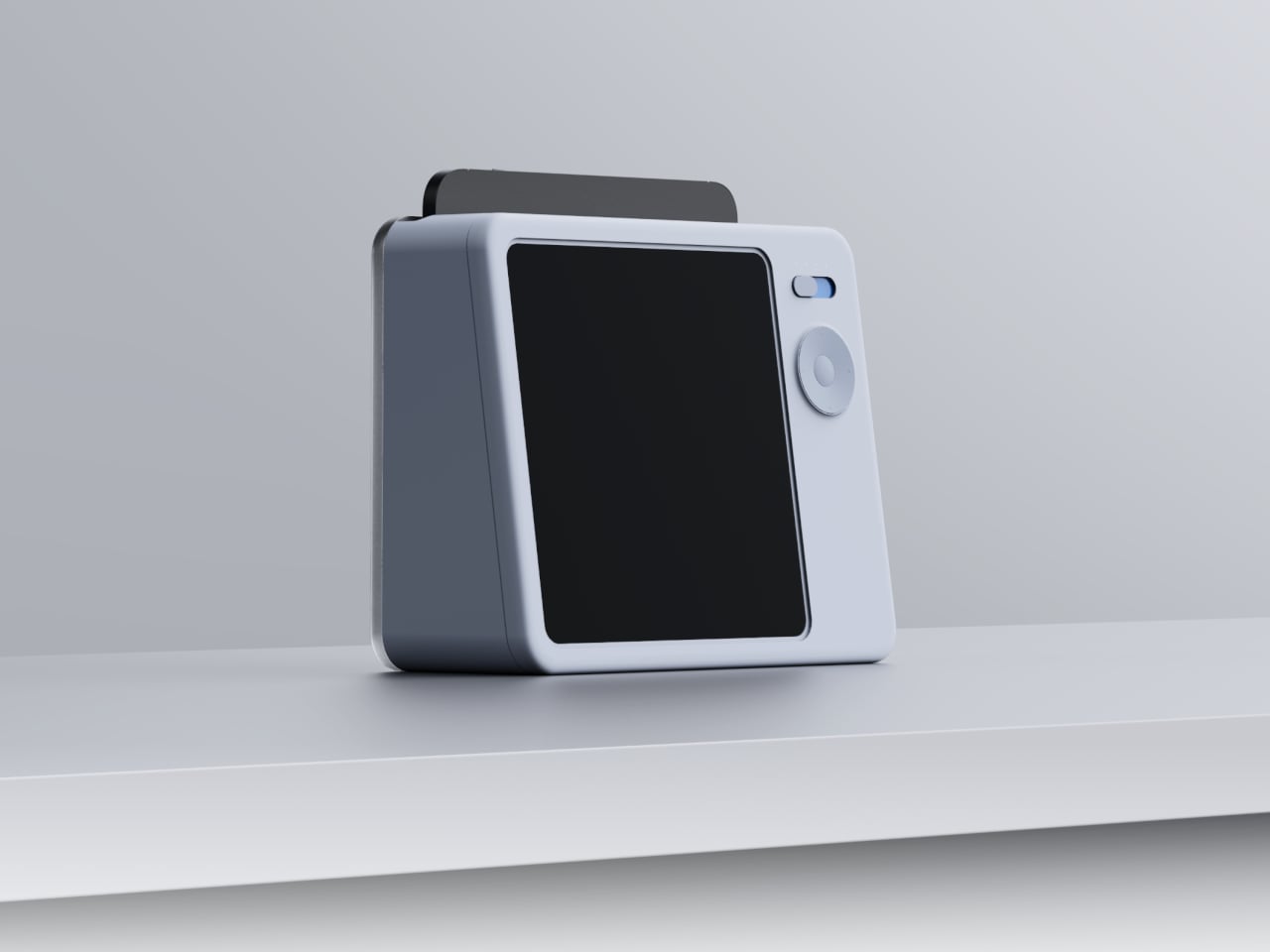

Using SINK is quite simple and the device itself has very few controls other than a dial and a slider. Of course, any strategy like SINK or the Forest app will only be effective if you’re actually doing the intended work during the allotted period of time. There’s still an element of self-control, but SINK’s playful design makes it look a bit more fun instead of serious work.



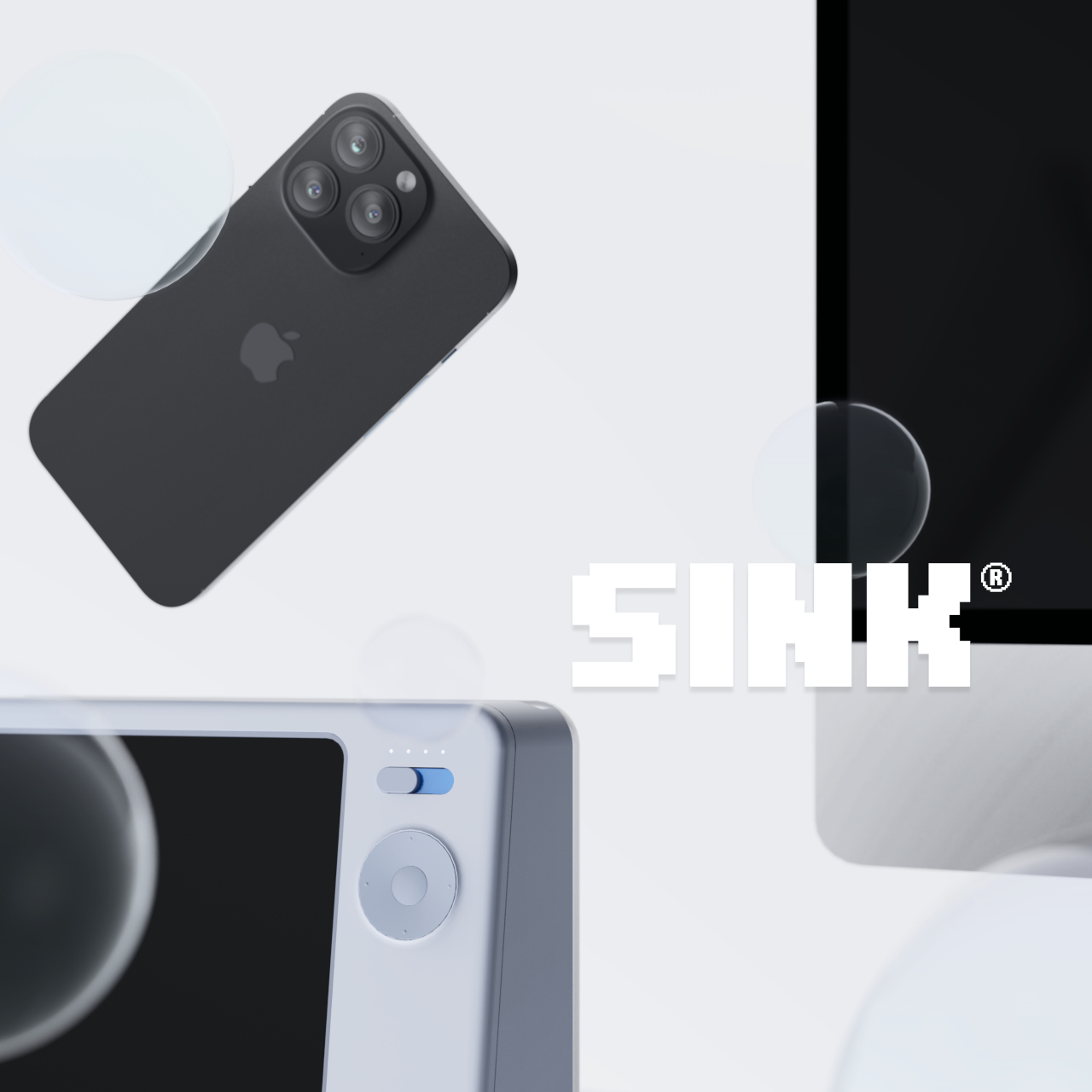
The post Smartphone-powered tabletop stopwatch concept turns deep focus into a game first appeared on Yanko Design.
